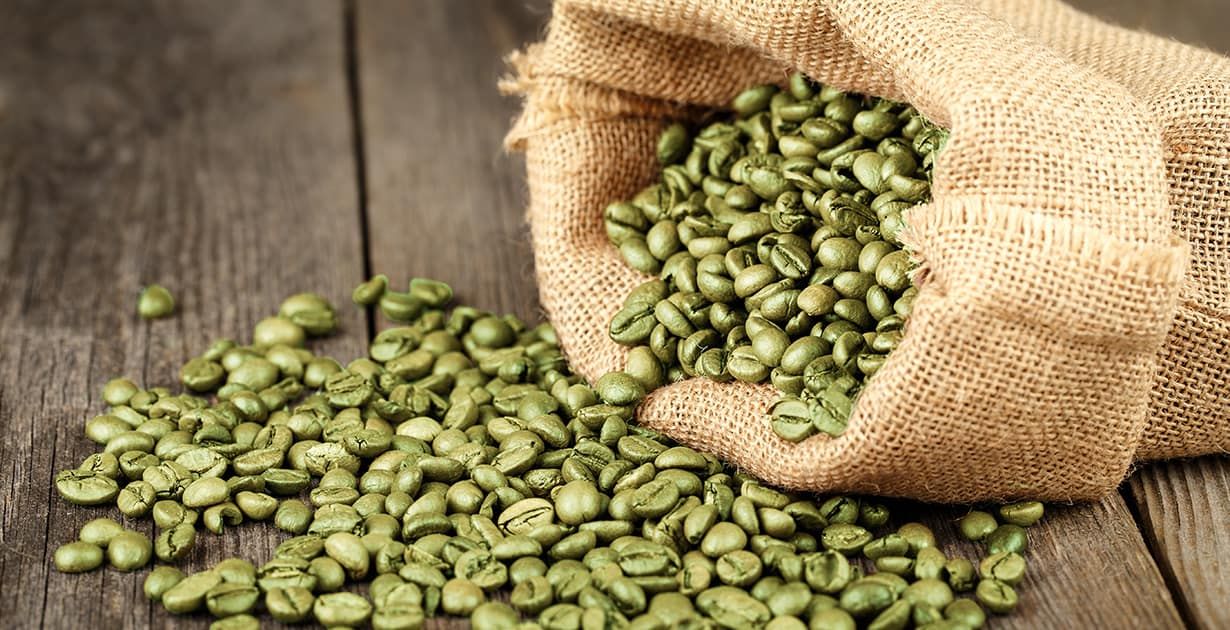

Articles
How To Store Green Coffee Beans Long Term
Modified: January 6, 2024
Learn how to store green coffee beans long term with our informative articles. Keep your beans fresh and flavorful for longer periods of time.
(Many of the links in this article redirect to a specific reviewed product. Your purchase of these products through affiliate links helps to generate commission for Storables.com, at no extra cost. Learn more)
Introduction
Welcome to the world of coffee aficionados! If you’re a coffee lover, you know that there’s nothing quite like the aroma and flavor of freshly brewed coffee. And what better way to ensure that you always have a supply of high-quality beans than by storing green coffee beans long-term?
Green coffee beans are the unroasted seeds of the coffee plant. They possess incredible potential when it comes to flavor, taste, and aroma. By carefully selecting, packaging, and storing green coffee beans, you can preserve their freshness and enjoy a consistently delightful cup of coffee every time.
In this article, we’ll explore the factors you need to consider for long-term green coffee bean storage. From selecting the right beans to proper packaging and storage containers, we’ll cover it all. We’ll also discuss the importance of temperature and humidity control, managing light exposure, and tips for maintaining the quality of your green coffee beans over time.
So, whether you’re a coffee shop owner, a home barista, or simply someone who takes their coffee seriously, read on to learn how to store green coffee beans for the long haul.
Key Takeaways:
- Preserve the Essence of Green Coffee Beans
Select high-quality beans, use airtight, moisture-proof packaging, and maintain optimal temperature and humidity. Protect from light, monitor stock, and rotate to ensure consistently delightful coffee. - Master the Art of Long-Term Bean Storage
Carefully select beans, package them airtight, control temperature and humidity, manage light exposure, and monitor and rotate stock. With these practices, enjoy fresh, flavorful coffee every time.
Read more: How To Store Coffee Beans Long Term
Factors to Consider for Long-Term Green Coffee Bean Storage
When it comes to storing green coffee beans for the long term, there are several factors that you need to consider to maintain their freshness and quality. Let’s take a closer look at these factors:
- Quality of the Beans: Start by selecting high-quality green coffee beans. Look for beans with a consistent color, shape, and size. Avoid beans that are discolored, damaged, or have an unpleasant odor. Opt for beans sourced from reputable suppliers or farms to ensure the best quality.
- Moisture Content: Green coffee beans have a certain moisture content, which needs to be carefully maintained during storage. Beans with too high moisture content can develop mold and spoil, while those with too low moisture can become brittle and lose their flavor. Aim for a moisture content of around 10-12%.
- Proper Packaging: Packaging plays a crucial role in preserving the freshness and quality of green coffee beans. Choose packaging materials that are airtight, moisture-proof, and light-resistant. Vacuum-sealed bags or foil-lined bags are popular choices. Avoid using regular plastic bags as they are not ideal for long-term storage.
- Storage Containers: Once you’ve packaged your green coffee beans, it’s important to store them in the right containers. Opt for containers that are opaque and airtight to keep out light, oxygen, and moisture. Glass jars or food-grade plastic containers with tight-fitting lids are good options.
- Temperature and Humidity: Temperature and humidity control are vital for preserving the freshness of green coffee beans. Aim for a cool and dry storage location with temperatures between 50-70°F (10-21°C). Avoid storing beans in areas prone to temperature fluctuations or high humidity, such as near stoves or refrigerators.
- Light Exposure: Light exposure can degrade the quality of green coffee beans over time. Store your beans in a dark place, away from direct sunlight or bright artificial light. Light can cause the beans to age quickly and can also lead to the degradation of flavor compounds.
- Monitoring and Rotation: It’s essential to monitor the condition of your stored green coffee beans regularly. Check for any signs of mold, moisture buildup, or off odors. Additionally, consider implementing a rotation system, using the “first in, first out” principle to ensure you use older beans before newer ones.
By considering these factors and implementing the right storage practices, you can ensure that your green coffee beans remain fresh, flavorful, and ready for roasting whenever you need them. In the next sections, we’ll delve deeper into specific aspects of green coffee bean storage to help you achieve optimal results.
Selecting Green Coffee Beans for Long-Term Storage
When it comes to long-term storage of green coffee beans, selecting the right beans is crucial. Here are a few key factors to consider when choosing green coffee beans for long-term storage:
- Bean Variety: Different coffee bean varieties have distinct flavors and characteristics. Decide on the variety that suits your preferences and the type of coffee you want to brew. Common varieties include Arabica and Robusta.
- Bean Source: The source of your green coffee beans can greatly impact their quality and longevity. Consider beans sourced directly from reputable farms or suppliers. Look for information about the origin, farming practices, and certifications like Fair Trade or Organic to ensure ethical and sustainable sourcing.
- Bean Size and Shape: Uniformity in size and shape is an indicator of quality. Opt for green coffee beans that have a consistent size and shape as it ensures even roasting and enhances flavor extraction.
- Bean Color and Texture: Green coffee beans should have a vibrant green color and a smooth texture. Avoid beans that appear discolored, uneven, or have a dull appearance, as these may indicate quality issues.
- Freshness: Green coffee beans are at their best within a certain timeframe after harvest. Look for beans that are as fresh as possible, ideally within six to nine months of harvest. Freshness is a key factor in preserving the complex flavors and aromas of the beans.
- Cupping: Cupping is a process used by industry professionals to evaluate the quality of coffee beans. If possible, participate in cupping sessions to taste and evaluate different green coffee beans before making a purchase. This hands-on approach allows you to assess the flavors, acidity, body, and overall quality of the beans.
When choosing green coffee beans for long-term storage, it’s important to consider your personal preferences and the specific characteristics you want in your brewed coffee. Experiment with different varieties, bean sources, and flavor profiles to find the beans that best match your taste preferences.
By investing time and effort into selecting high-quality green coffee beans, you set the foundation for successful long-term storage and the ultimate enjoyment of freshly roasted and brewed coffee at your convenience.
Proper Packaging and Storage Containers for Green Coffee Beans
When it comes to storing green coffee beans for the long term, proper packaging and storage containers are essential to preserve their quality and freshness. Here are some guidelines to follow:
- Airtight Packaging: Green coffee beans should be packaged in airtight containers to prevent air exposure. Oxygen can cause the beans to oxidize, resulting in loss of flavor and aroma. Vacuum-sealed bags or foil-lined bags are excellent choices for keeping air out and extending the shelf life of the beans.
- Moisture-proof Material: Moisture is a common enemy of coffee beans, as it can lead to mold growth and spoilage. Choose packaging materials that have moisture-proof properties to preserve the beans’ integrity. Avoid using regular plastic bags, as they are not as effective in preventing moisture buildup.
- Opaque and Light-resistant: Exposure to light can accelerate the degradation of green coffee beans. To protect them, choose packaging that is opaque and light-resistant, such as foil-lined bags or dark glass jars. This will help prevent the breakdown of flavor compounds caused by UV rays.
- Multiple Layers: Consider double-bagging or using multiple layers of packaging for added protection. This can provide an extra barrier against air, moisture, and light. It is especially useful if you plan to store the green coffee beans for an extended period.
- Sealable Lids or Closures: Ensure that the packaging you use has sealable lids or closures that provide a tight seal. This helps maintain the integrity of the beans and minimizes air and moisture exposure. The lid or closure should be easy to open and reseal whenever you need to access the beans.
- Storage Containers: Once you have properly packaged the green coffee beans, it’s crucial to store them in suitable containers. Opt for containers that are opaque, airtight, and made of materials that won’t compromise the quality of the beans. Glass jars with airtight lids or food-grade plastic containers are commonly used options.
Remember, the quality of the packaging and storage containers directly affects the longevity and quality of your green coffee beans. Investing in high-quality packaging materials and containers is a worthwhile investment to ensure your beans stay fresh and flavorful over time.
By following these packaging guidelines and selecting appropriate storage containers, you can protect your green coffee beans from air, moisture, and light, preserving their exceptional taste and aroma until you’re ready to roast and brew them.
Importance of Temperature and Humidity Control
Proper temperature and humidity control are vital factors when it comes to storing green coffee beans for the long term. Here’s why they are essential:
- Prolonged Freshness: Controlling the temperature and humidity levels helps preserve the freshness of green coffee beans. Exposure to high temperatures and humidity can lead to the breakdown of flavor compounds, resulting in a loss of aroma and taste. By maintaining optimal conditions, you can extend the shelf life of the beans and enjoy a consistently superior cup of coffee.
- Prevents Mold and Microbial Growth: Green coffee beans are susceptible to mold and microbial growth if stored in conditions with excessive moisture. Mold can contaminate the beans and affect their quality and safety. By controlling humidity levels, you can minimize the risk of mold growth and preserve the beans’ integrity.
- Avoids Flavor Contamination: Extreme fluctuations in temperature and humidity can cause the beans to absorb odors or flavors from their surroundings. This can result in off-flavors and undesirable taste in the brewed coffee. By maintaining stable conditions, you prevent flavor contamination and ensure the beans’ original flavor profile is maintained.
- Prevents Rancidity: Proper temperature control is crucial in preventing the development of rancidity in green coffee beans. High temperatures can accelerate the oxidation process, leading to the production of rancid flavors. By storing the beans in a cool environment, you slow down the oxidation process and maintain their quality.
- Affects Roasting Consistency: Temperature and humidity can have a significant impact on the roasting process. Inconsistent storage conditions can result in inconsistent roasting, making it difficult to achieve the desired roast level and flavor profile. By controlling temperature and humidity, you create a stable foundation for consistent and successful roasting.
- Preserves Essential Oils and Aromatics: Green coffee beans contain essential oils and aromatic compounds responsible for their unique flavors and aromas. Temperature and humidity control help preserve these oils, ensuring a more flavorful and aromatic cup of coffee when the beans are finally roasted and brewed.
Aim to store green coffee beans in a cool and dry environment with temperatures between 50-70°F (10-21°C) and a humidity level of around 50-70%. Avoid storing the beans in areas with temperature fluctuations or high humidity, such as near stoves, refrigerators, or basements prone to dampness. Consider using a temperature and humidity monitor to ensure the conditions are consistently within the optimal range.
By prioritizing temperature and humidity control in your green coffee bean storage, you can protect the beans from deteriorating and maintain their exceptional flavor and aroma for an extended period, ultimately resulting in a more enjoyable coffee-drinking experience.
Store green coffee beans long term in a cool, dark place in an airtight container to protect them from moisture, light, and air. Consider using a vacuum-sealed bag for optimal preservation.
Read more: How To Store Fresh Green Beans Long Term
Managing Light Exposure for Green Coffee Beans
Properly managing light exposure is crucial when it comes to storing green coffee beans for the long term. Here’s why it’s important and how you can protect your beans from light:
- Preserving Flavor Compounds: Light exposure can degrade the flavor compounds present in green coffee beans. The UV rays present in sunlight or artificial light can break down the delicate chemical constituents responsible for the beans’ unique flavors and aromas. By minimizing light exposure, you can preserve the beans’ flavor integrity.
- Preventing Oxidation: Light can accelerate the oxidation process in green coffee beans, leading to the loss of freshness and the development of off-flavors. The antioxidants naturally present in coffee beans can become less effective when exposed to light. Keeping the beans in a dark environment can help slow down the oxidation process and extend their shelf life.
- Avoiding Color Fading: Continuous exposure to light can cause the green coffee beans to fade and lose their vibrant green color. This visual change is an indicator of the beans’ quality deterioration over time. By storing the beans in a dark place, you can preserve their natural color and appearance.
- Preventing Aging: Green coffee beans age faster when exposed to light. The exposure can lead to the breakdown of volatile compounds and accelerate the staling process. Storing the beans in darkness helps slow down this aging process, allowing you to enjoy a fresher cup of coffee when you finally roast and brew them.
- Using Opaque Packaging: To protect green coffee beans from light, choose packaging that is opaque and light-resistant. Foil-lined bags or dark glass jars are excellent options. These materials will provide a barrier against UV rays, preventing light from reaching the beans and compromising their quality.
- Storage Location: Store your green coffee beans in a dark place, away from direct sunlight or bright artificial light sources. Cool and dry storage areas, such as cabinets or pantries, are ideal for maintaining darkness. Avoid storing the beans near windows or in places where they could be exposed to excessive light.
- Minimal Exposure during Handling: When you need to access your green coffee beans, do it quickly and efficiently to minimize prolonged exposure to light. If possible, use a small portion of the beans instead of opening the entire package, so the remaining beans can stay protected until the next use.
By managing light exposure and keeping your green coffee beans in a dark environment, you can preserve the beans’ flavor, aroma, and overall quality for the long term. Remember, a little darkness goes a long way in ensuring you enjoy the best possible cup of coffee when you finally roast and brew your stored beans.
Monitoring and Rotating Green Coffee Bean Stock
Monitoring and rotating your green coffee bean stock is an essential practice to ensure the freshness and quality of your beans over time. Here’s why it’s important and how you can effectively monitor and rotate your stock:
- Quality Assurance: Regularly monitoring your green coffee bean stock allows you to assess its condition and identify any signs of deterioration. You can check for mold, moisture buildup, or off odors that might indicate spoilage. By staying vigilant, you can ensure that only high-quality beans are used for roasting and brewing.
- “First In, First Out” Principle: Implementing the “first in, first out” (FIFO) principle is crucial for maintaining the freshness of your green coffee beans. This means using the oldest beans in your stock first before using the newer ones. By rotating your stock, you ensure that older beans are consumed before they become stale or lose their freshness.
- Storage Organization: Proper organization of your green coffee bean stock makes it easier to monitor and rotate. Arrange your beans in a way that allows for easy identification of their age and ensures that older beans are at the front of the storage area. Consider labeling or dating your packaging to keep track of the beans’ arrival and expiration dates.
- Sampling and Cupping: Regularly sample and cup your green coffee beans to assess their flavor and quality. This can be done through cupping sessions, where you evaluate the beans’ aroma, acidity, body, and overall taste. Cupping allows you to identify any changes in flavor profiles and make informed decisions about using or discarding specific beans.
- Monitoring Storage Conditions: Along with monitoring the beans themselves, it’s important to keep an eye on the storage conditions. Regularly check the temperature, humidity levels, and light exposure in the storage area. Make adjustments as necessary to maintain optimal conditions for preserving the quality of your green coffee beans.
- Documenting and Tracking: Keep a record or log of your green coffee bean stock, noting important details such as arrival dates, batch numbers, and any observations related to quality. This documentation will help you track the age and condition of your beans, making it easier to monitor and rotate your stock effectively.
- Inventory Management: To ensure that you don’t inadvertently accumulate an excessive amount of green coffee beans, practice effective inventory management. Regularly assess your consumption needs and adjust your purchasing accordingly. This helps prevent oversupply and minimizes the risk of beans sitting for too long without being used.
By implementing a systematic approach to monitoring and rotating your green coffee bean stock, you can maintain the freshness and quality of your beans, ensuring that you always have a supply of excellent beans for roasting and brewing.
Remember, regular monitoring, rotation, and careful management of your green coffee bean stock are essential practices for any coffee enthusiast or professional to guarantee the best results in the cup.
Tips for Maintaining Green Coffee Bean Quality Over Time
To maintain the quality of your green coffee beans over time, consider implementing the following tips and best practices:
- Store in a Cool Environment: Green coffee beans are best preserved in a cool environment with temperatures between 50-70°F (10-21°C). Avoid storing them in areas prone to temperature fluctuations or high heat, as this can accelerate flavor degradation.
- Avoid Excessive Moisture: Moisture can lead to mold growth and spoilage of green coffee beans. Ensure that your storage area has low humidity levels, ideally around 50-70%. Use moisture-proof packaging and containers to keep the beans dry.
- Minimize Oxygen Exposure: Oxygen can cause the oxidation of green coffee beans, resulting in staleness and loss of flavor. Use airtight, vacuum-sealed bags or containers to minimize oxygen contact and preserve freshness.
- Protect from Light: Exposure to light can degrade the quality of green coffee beans. Keep them in opaque packaging or storage containers that block out light. Store the beans in a dark place away from direct sunlight or bright artificial light sources.
- Rotate your Stock: Implement the “first in, first out” (FIFO) principle to ensure that older green coffee beans are used first. This helps maintain freshness and prevents beans from sitting too long in storage.
- Cup and Sample Regularly: Cupping and sampling your green coffee beans allows you to assess their flavor profiles and monitor any changes or signs of deterioration. This helps you make informed decisions about the beans’ quality and usability.
- Monitor Storage Conditions: Regularly check the storage conditions, including temperature, humidity, and light exposure. Make adjustments as needed to maintain optimal conditions for the beans’ preservation.
- Avoid Excessive Handling: Limit the frequency of handling or opening your green coffee bean packaging to minimize air exposure. Only open what you need, keeping the rest of the beans sealed to maintain freshness.
- Properly Seal Packaging: Ensure that your green coffee bean packaging is properly sealed after each use. Use sealable bags or containers with airtight lids to prevent air, moisture, and light from entering.
- Consider Small Batch Purchases: If you’re not planning to use large quantities of green coffee beans, consider purchasing in smaller batches. This reduces the risk of beans sitting in storage for extended periods and losing freshness.
By following these tips, you can maintain the quality and freshness of your green coffee beans over time. Consistently monitoring and implementing proper storage practices will help ensure that you have a reliable supply of exceptional beans for your roasting and brewing endeavors.
Remember, green coffee beans are a precious commodity, and with proper care, you can preserve their unique flavors and aromas, unlocking the full potential of your coffee brewing experience.
Conclusion
Congratulations! You are now equipped with the knowledge and tips to store green coffee beans for the long term while maintaining their freshness and quality. By considering factors such as bean selection, proper packaging, temperature and humidity control, light exposure management, and stock rotation, you can ensure that your green coffee beans are always ready to be roasted and brewed into a delightful cup of coffee.
Remember, the journey from green bean to a perfect cup of coffee involves careful planning, attention to detail, and a commitment to preserving the beans’ essence. By selecting high-quality beans, using appropriate packaging, and creating the optimal storage environment, you are setting the stage for a truly exceptional coffee experience.
Regular monitoring of your green coffee bean stock, cupping sessions, and tracking storage conditions ensure that you are aware of any changes in flavor profiles and can take action accordingly. By implementing the “first in, first out” principle and being mindful of proper storage techniques, you can confidently enjoy fresh and flavorful coffee from your well-preserved beans.
As you continue your coffee journey, don’t forget the importance of experimentation and personal preference. Feel free to explore different bean varieties, origins, and roasting techniques to discover the perfect cup that suits your taste buds.
So, whether you’re a home barista, a coffee enthusiast, or a professional in the coffee industry, take these guidelines to heart as you store your green coffee beans long term. With proper care, your green coffee beans will be ready to be transformed into a delicious cup of coffee that delivers the flavor, aroma, and satisfaction you crave. Cheers to your continued coffee adventures!
Frequently Asked Questions about How To Store Green Coffee Beans Long Term
Was this page helpful?
At Storables.com, we guarantee accurate and reliable information. Our content, validated by Expert Board Contributors, is crafted following stringent Editorial Policies. We're committed to providing you with well-researched, expert-backed insights for all your informational needs.
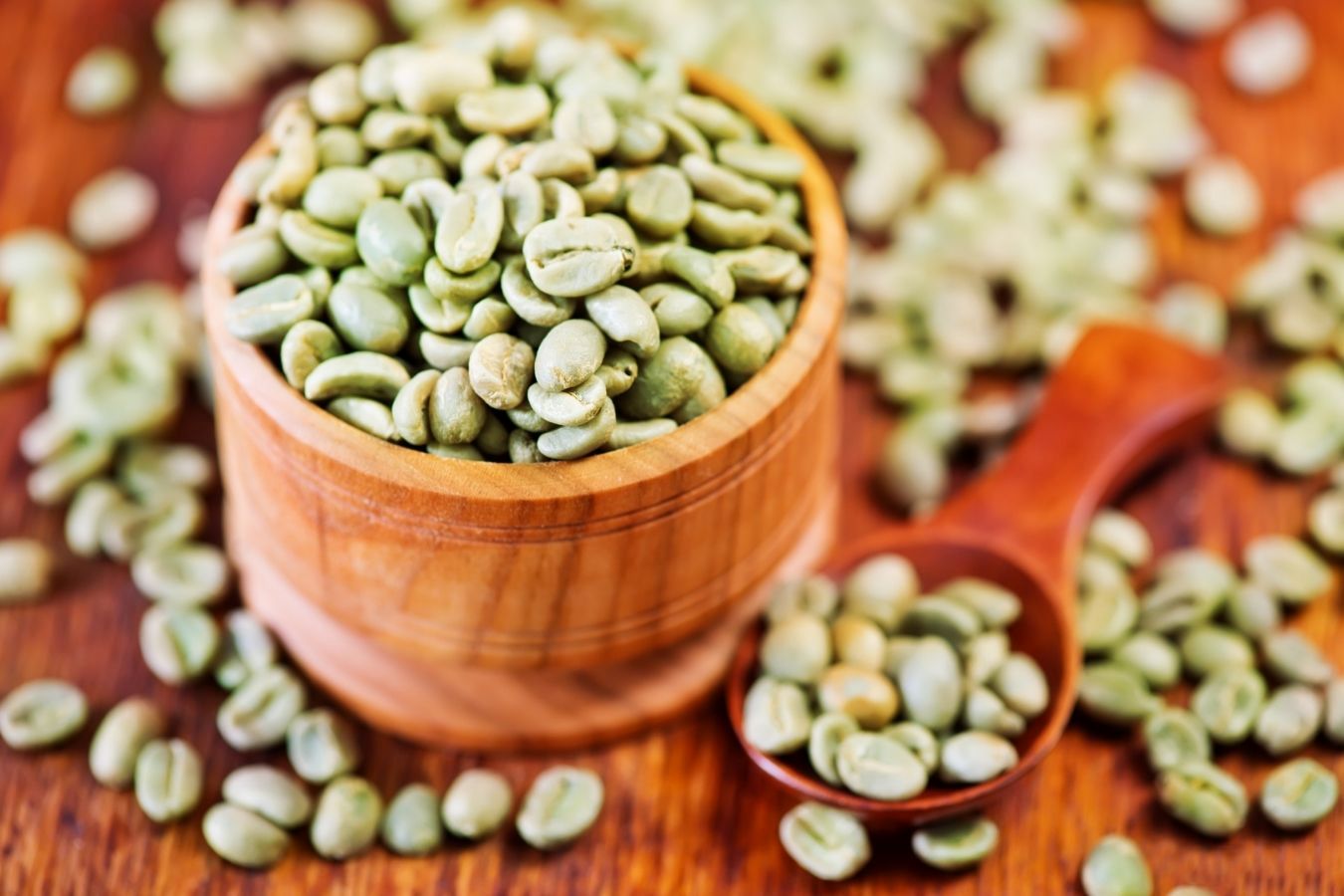

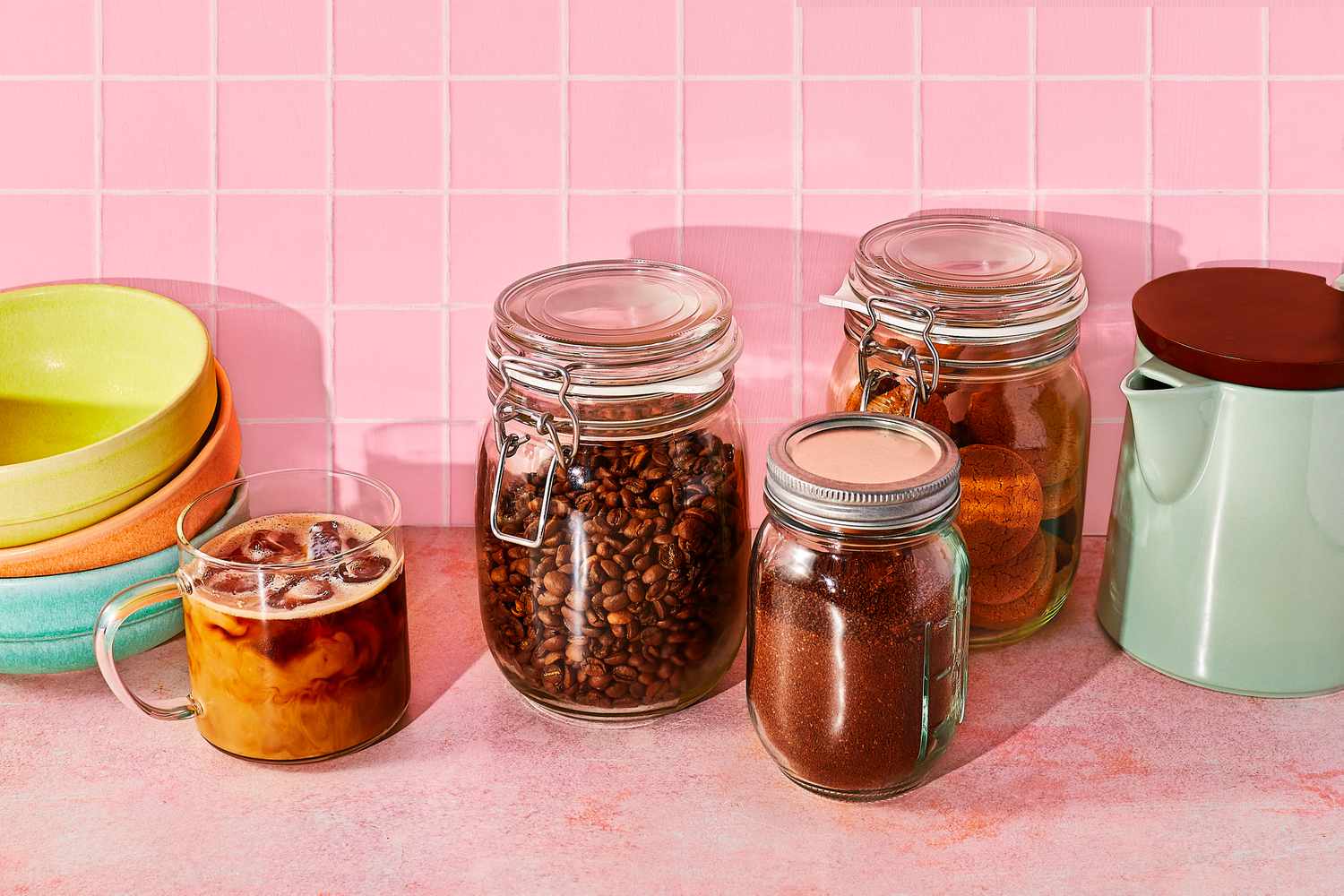

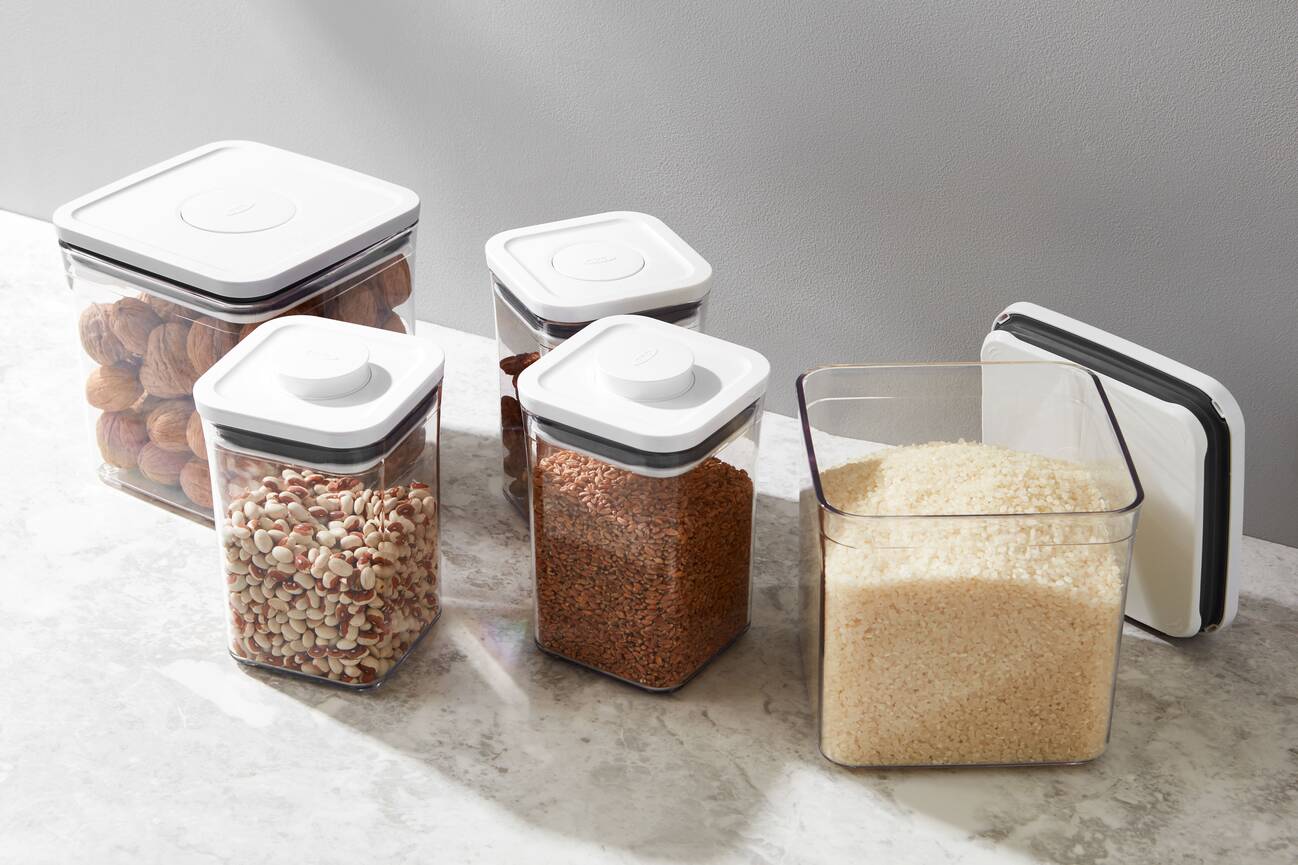
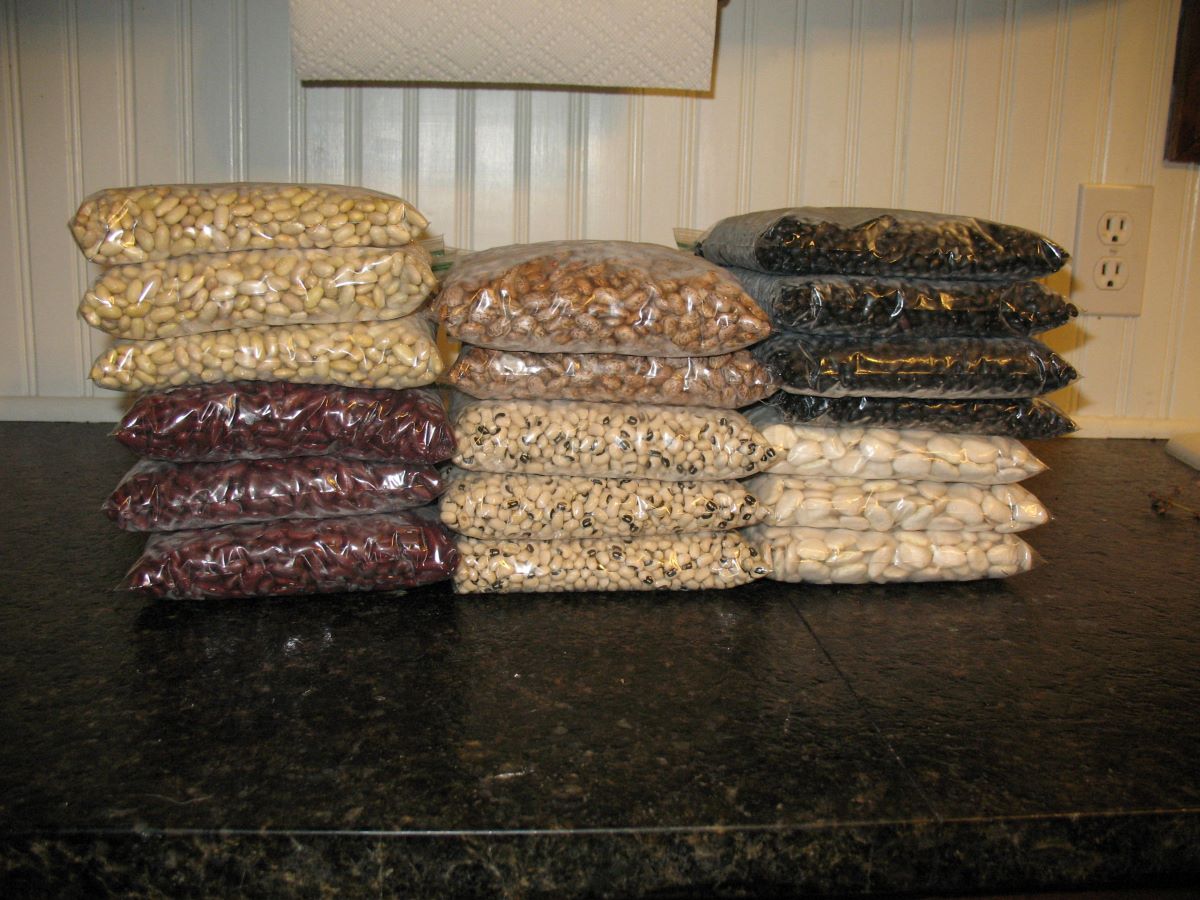
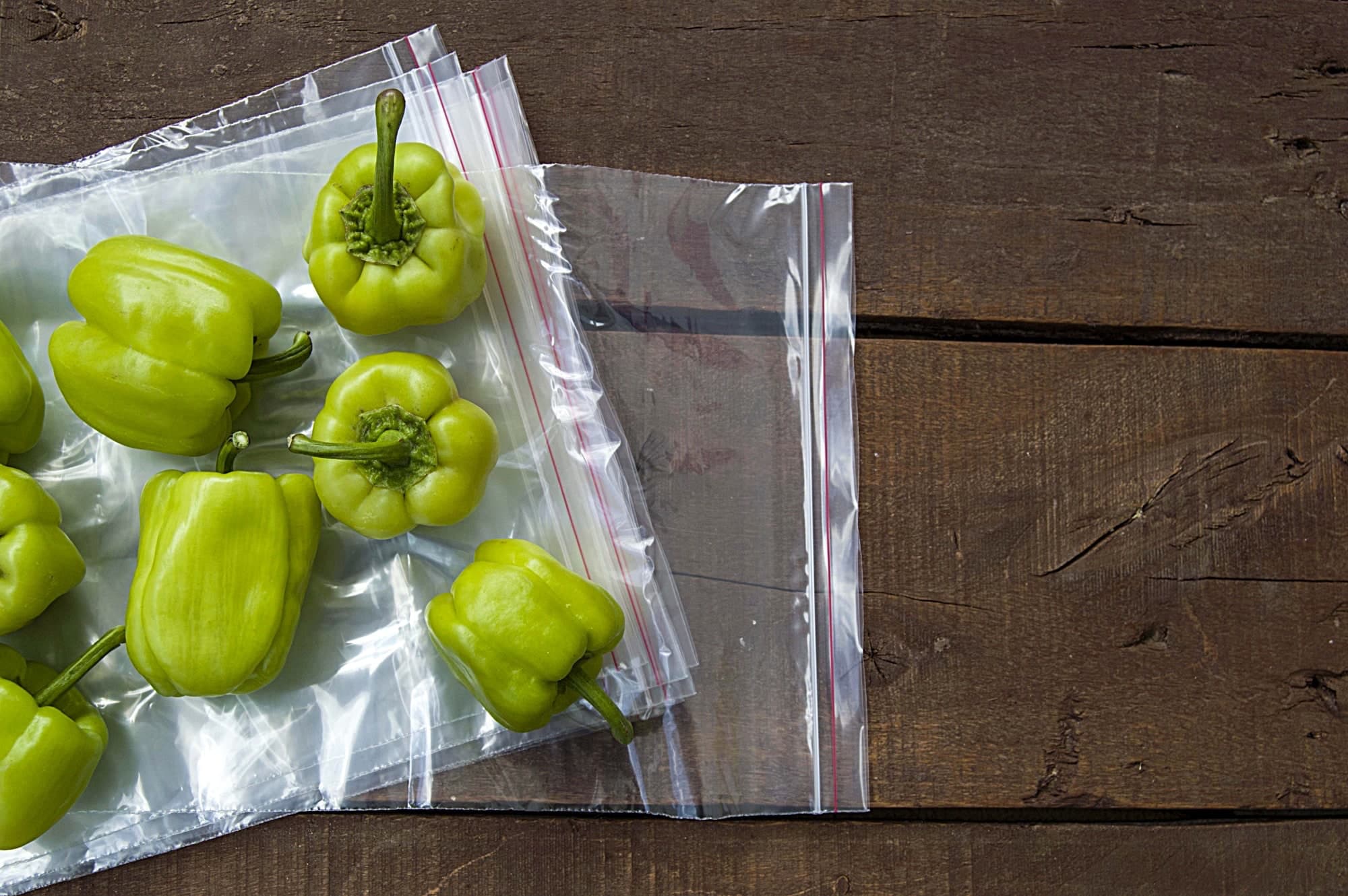

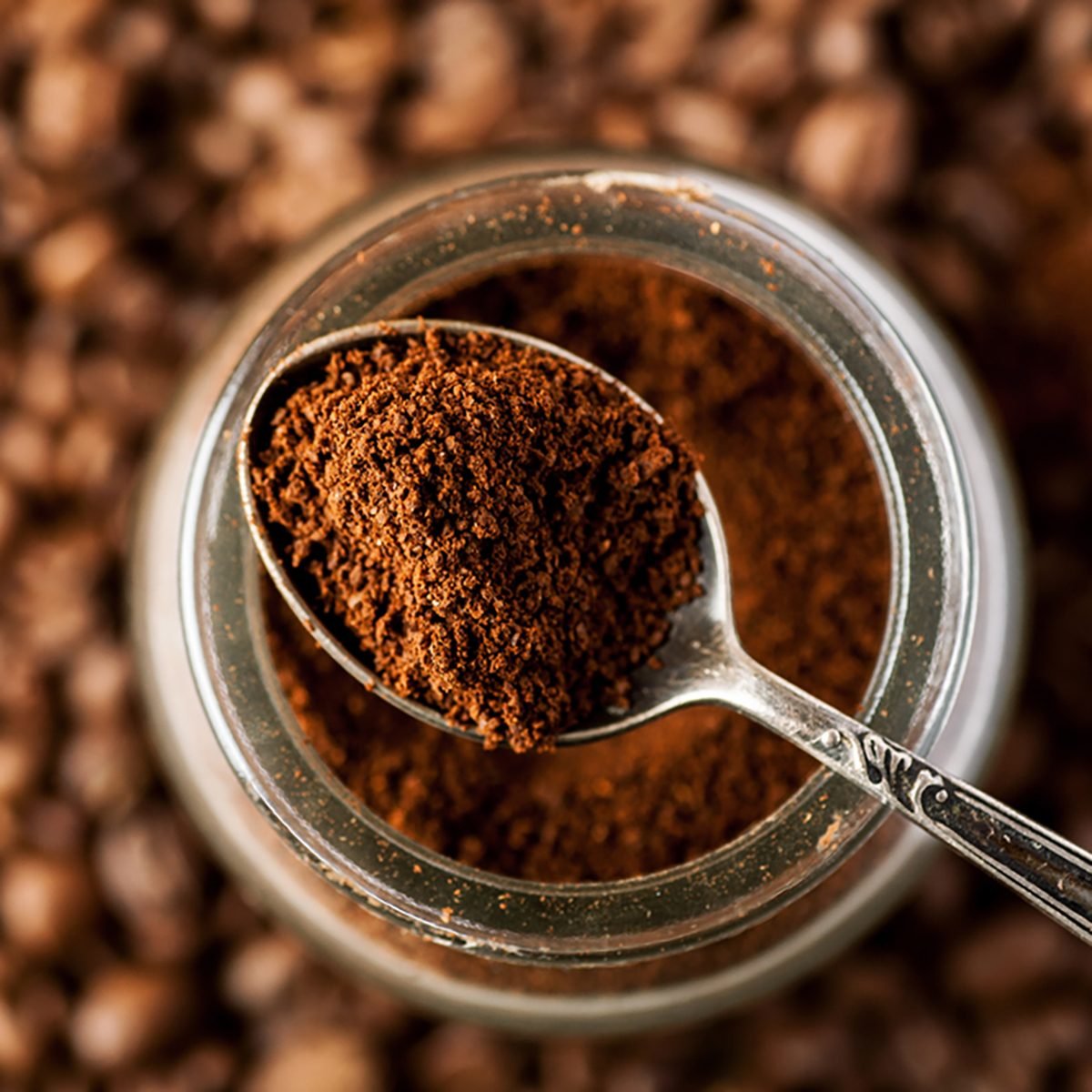
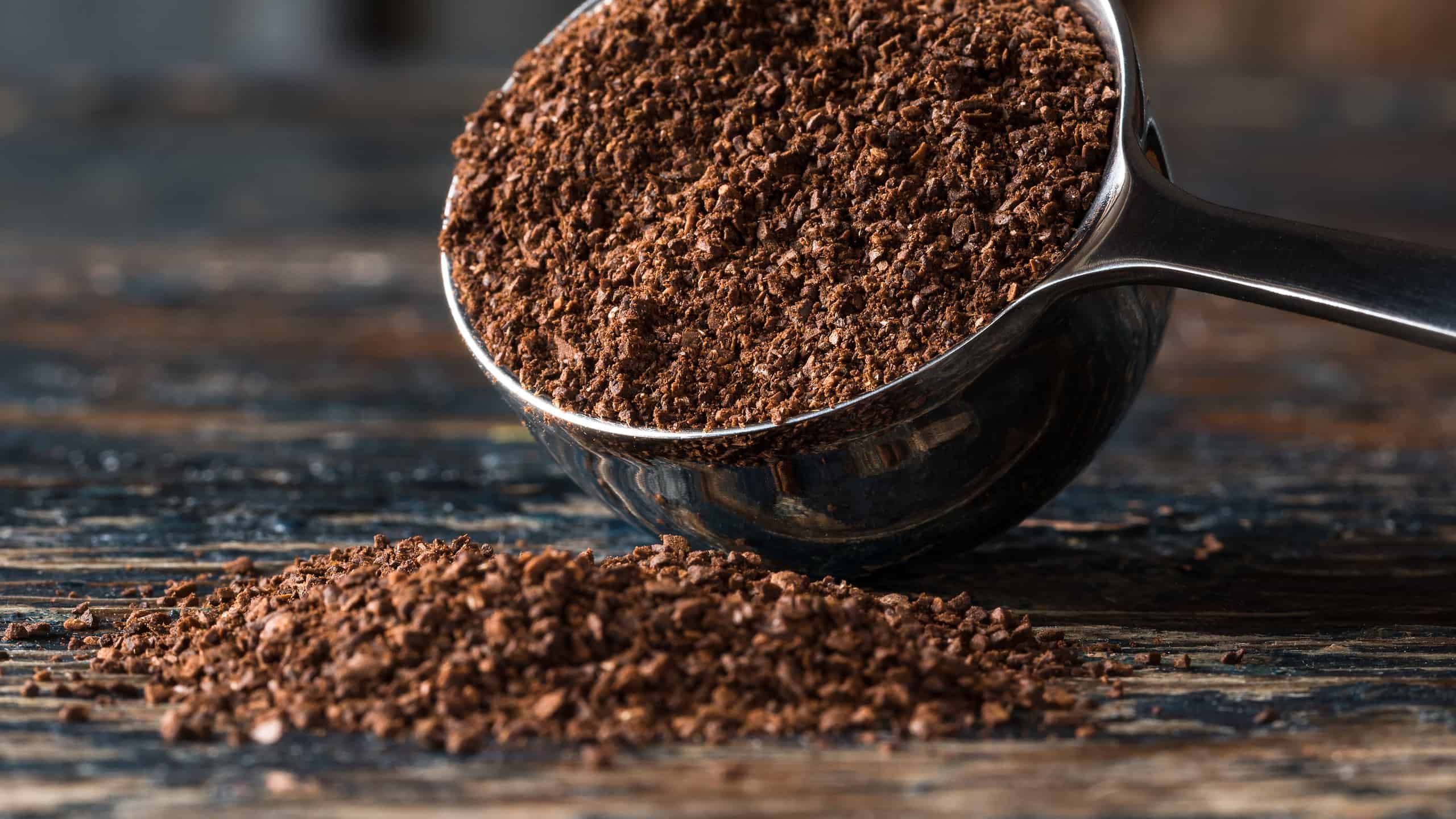

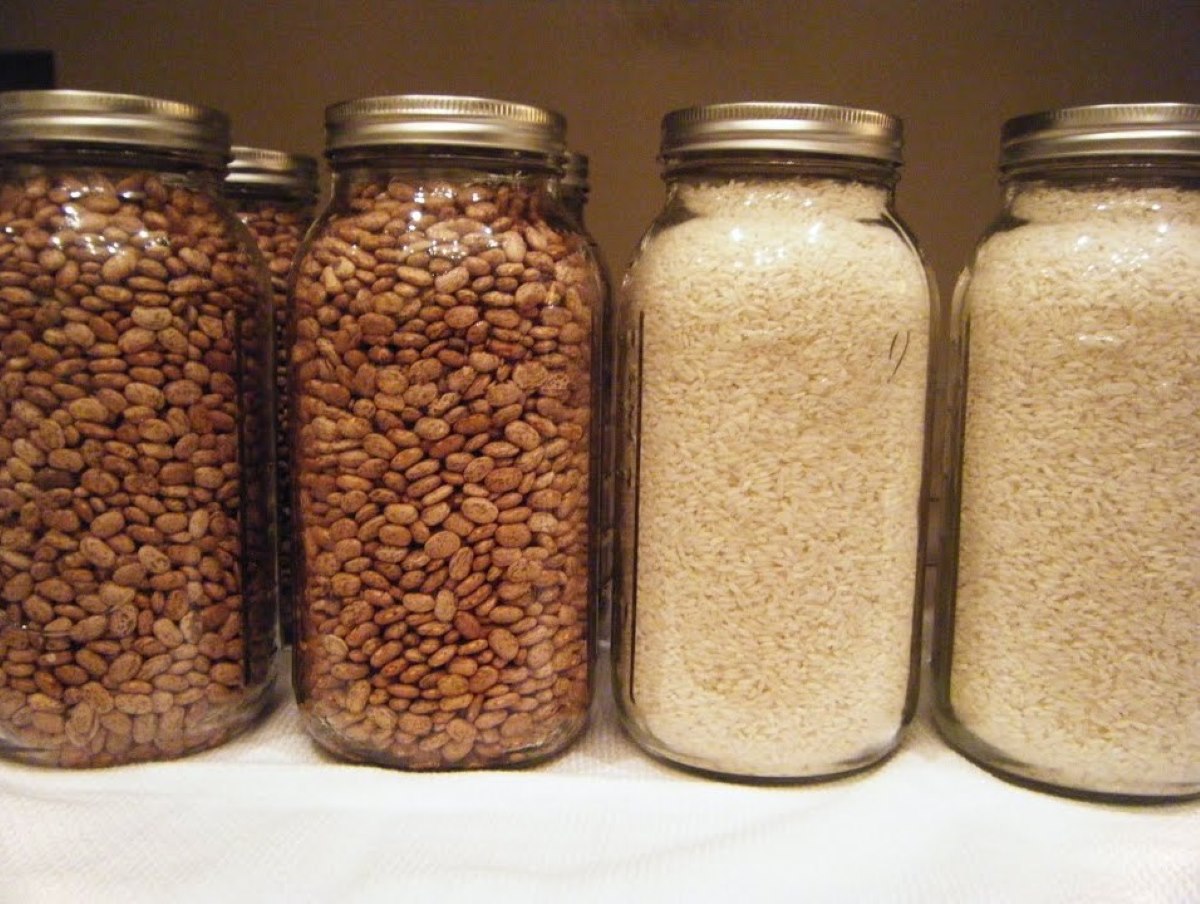
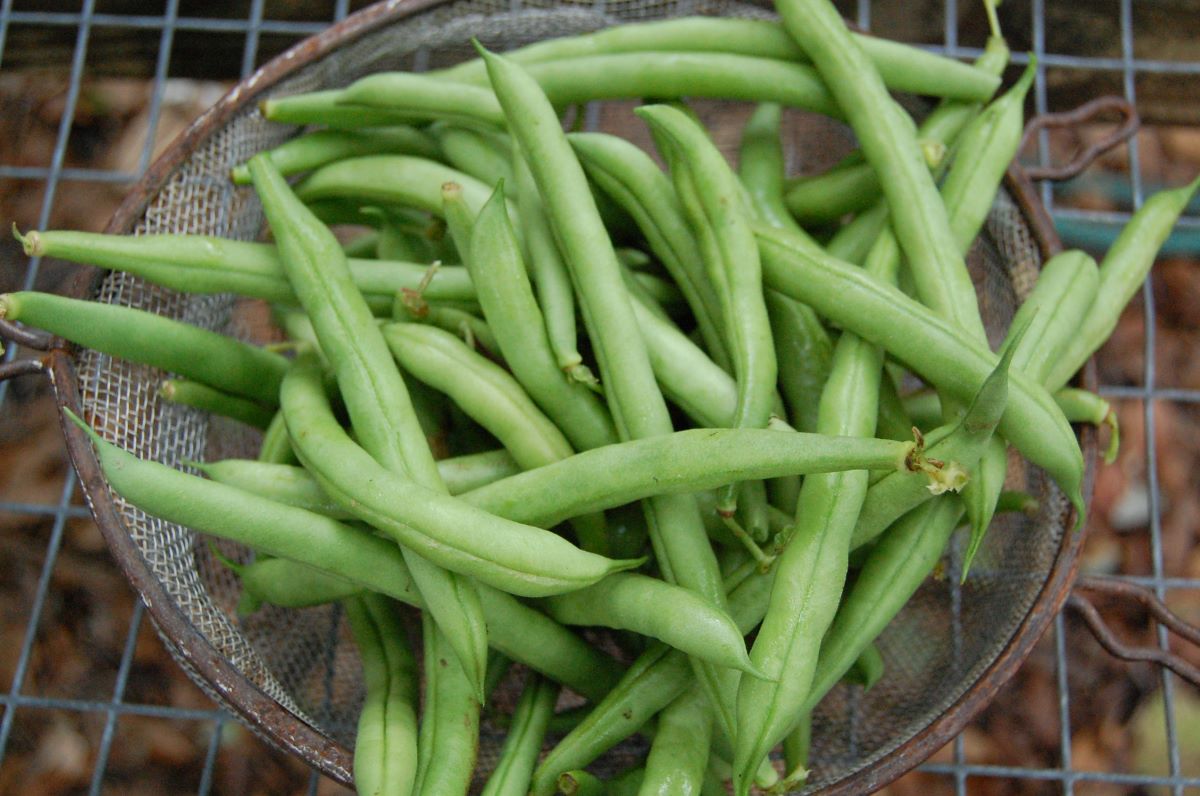
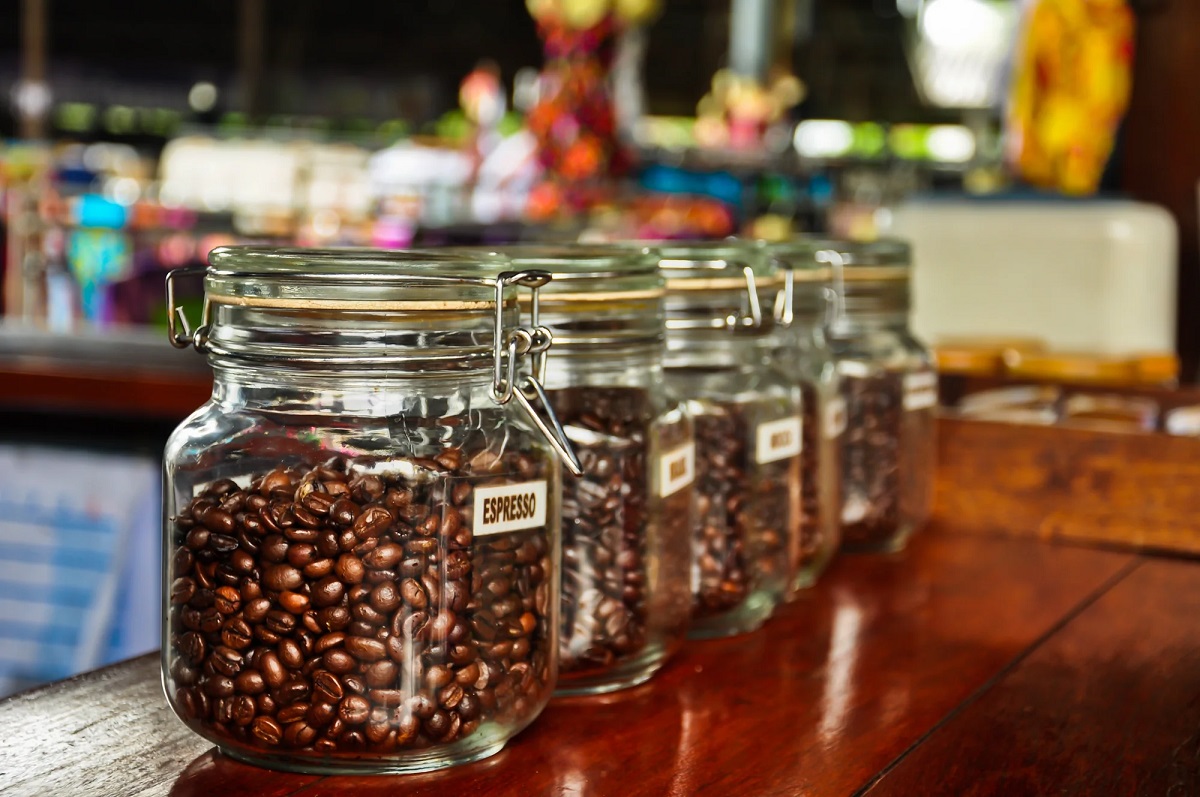

0 thoughts on “How To Store Green Coffee Beans Long Term”